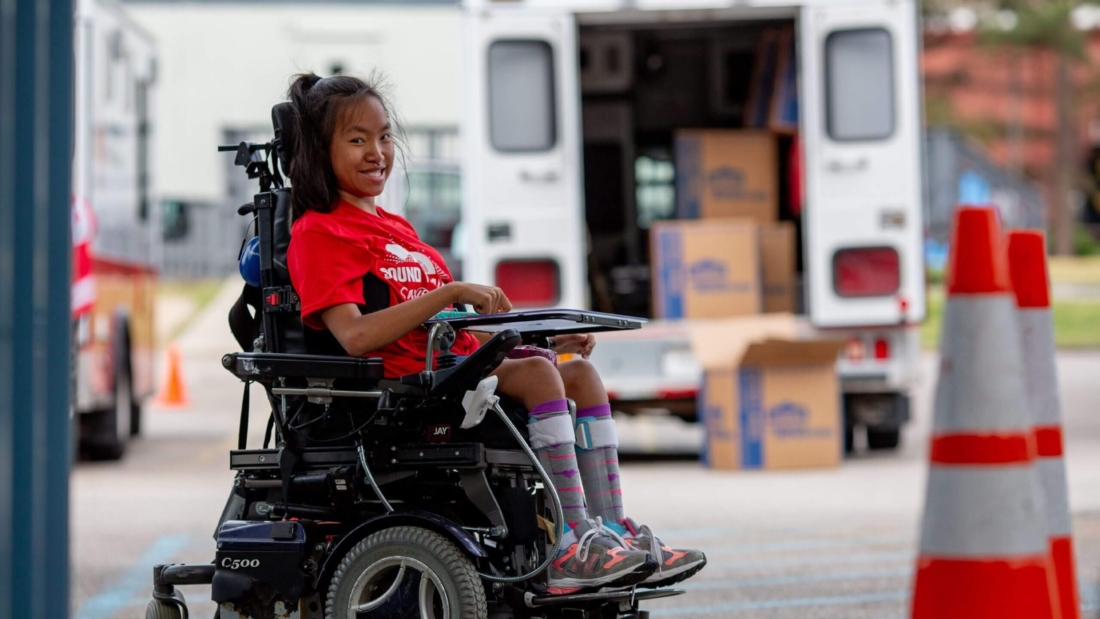Table of contents
- What is ISO 22395?
- Key Concepts in Community Resilience
- Understanding Vulnerable Persons in Emergencies
- Objective of ISO 22395
- Scope of ISO 22395
- Guiding Principles of ISO 22395
- Roles and Responsibilities in Supporting Vulnerable Persons
- Identifying Vulnerable Persons in the Community
- Preparedness Measures for Supporting Vulnerable Persons
- Emergency Response: Supporting Vulnerable Persons
- Conclusion
- Contact EIQM
What is ISO 22395?
ISO 22395 is part of the ISO 22300 series, a collection of standards focused on security and resilience. The ISO 22395 standard provides clear guidelines on how communities can support vulnerable people during emergencies, enhancing the overall safety and preparedness of the community. This guideline is particularly valuable for organizations, local governments, and community groups as they develop emergency response plans that prioritize the needs of those most at risk.
Key Concepts in Community Resilience
Community resilience refers to a community’s capacity to prepare for, respond to, and recover from emergencies. It involves the collective ability of individuals, organizations, and institutions to withstand and adapt to adverse events. When a community is resilient, it can mitigate the effects of crises, reduce the recovery time, and minimize the disruption to its social and economic functions.
Understanding Vulnerable Persons in Emergencies
Vulnerable persons in emergencies are individuals who may be disproportionately affected by a crisis due to physical, mental, or social factors. This includes elderly individuals, people with disabilities, children, non-native speakers, those with limited access to resources, and individuals with chronic illnesses. Recognizing and understanding the unique needs of these individuals is essential for effective emergency preparedness and response.
Objective of ISO 22395
The primary goal of ISO 22395 is to provide actionable guidelines that help communities and organizations support vulnerable individuals during emergencies. By focusing on these groups, ISO 22395 promotes inclusivity and ensures that response efforts are equitable, protecting everyone within the community. The standard advocates for ethical practices, inclusivity, and respect for human rights, ensuring that vulnerable people receive the help and attention they need during and after a crisis.
Scope of ISO 22395
ISO 22395 is designed for use by a wide range of organizations, including local governments, emergency services, non-profit organizations, and community groups. It also applies to businesses and other entities that have a role in emergency planning or that interact with vulnerable populations. This wide applicability makes the standard highly versatile, ensuring that various organizations can tailor the guidelines to suit their unique needs and resources.
Guiding Principles of ISO 22395
The guidelines set forth by ISO 22395 are based on several core principles:
- Inclusivity: Every individual, regardless of their situation, should have access to necessary support during emergencies.
- Respect for Rights: Emergency plans should respect the human rights of vulnerable individuals, ensuring they are treated with dignity.
- Ethical Standards: Communities must prioritize ethical considerations in all stages of emergency planning and response.
Roles and Responsibilities in Supporting Vulnerable Persons
ISO 22395 emphasizes that the responsibility of supporting vulnerable persons in emergencies does not rest on one entity alone. Community organizations, local governments, emergency response teams, and even individual citizens play a role. Local governments may be tasked with coordinating resources, while community organizations and volunteers can provide immediate support to those in need.
Identifying Vulnerable Persons in the Community
Effective support for vulnerable individuals starts with identifying who these people are within the community. This can be achieved by engaging with local organizations, healthcare providers, and social services to identify individuals who may need additional assistance. Identifying vulnerable persons early allows for the development of targeted plans that address specific needs, ensuring that no one is overlooked during an emergency.
Preparedness Measures for Supporting Vulnerable Persons
Preparedness is a key component of ISO 22395, as it lays the foundation for effective response efforts. Communities should work to create comprehensive emergency plans that consider the needs of vulnerable persons. This can involve conducting regular risk assessments, engaging in community education, and working with local organizations to develop support networks that can be activated during emergencies.
Emergency Response: Supporting Vulnerable Persons
In the event of an emergency, swift and coordinated action is necessary to ensure that vulnerable persons receive the support they need. ISO 22395 provides specific guidance on how to assist these individuals, including communication methods that can help overcome language barriers or disabilities. Additionally, these guidelines emphasize the importance of respecting individual preferences and ensuring that response efforts are conducted with compassion.
Conclusion
ISO 22395 plays a vital role in shaping how communities approach emergency preparedness, specifically focusing on supporting vulnerable persons. By following these guidelines, communities can create an inclusive, resilient environment where everyone, especially those most at risk, receives the care and attention they need during challenging times. With a focus on preparedness, response, and recovery, ISO 22395 offers a comprehensive roadmap for creating safer, more resilient communities worldwide.

